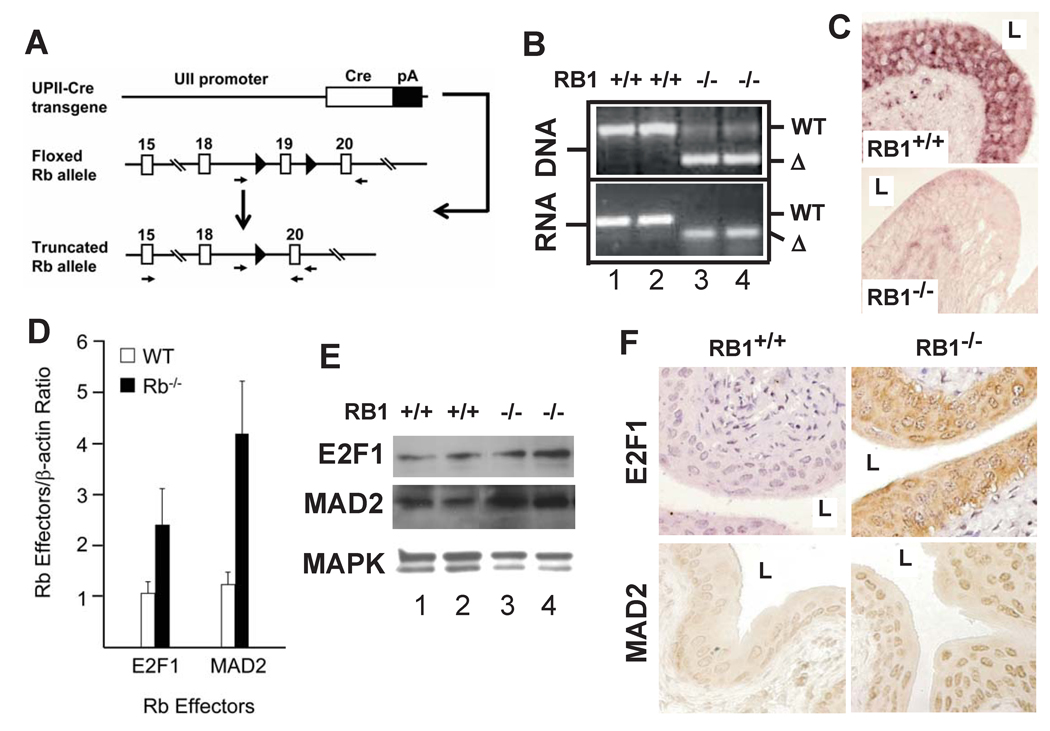Figure 1. Conditional inactivation of RB1 in mouse urothelium.
(A) Targeting strategy. Top panel: UPII-Cre transgene in which a mouse uroplakin II promoter restricts Cre recombinase expression to urothelium; Middle panel: RB1 allele in which its exon 19 was flanked by two loxP sites (filled triangles); and Bottom panel: recombined RB1 allele with exon 19 deleted upon urothelial Cre expression. Arrows: primers for detecting RB1 truncation. (B) PCR detection of truncated RB1 in urothelium. Note a 260-bp truncated (Δ) RB1 DNA and a 50-bp truncated RB1 mRNA in UPIICre/Cre/RB1flox/flox transgenic mice (or RB1−/− mice) (lanes 3 and 4) and the absence of such truncated species in UPIICre/Cre only mice (or RB1+/+; lanes 1 and 2). (C) In situ hybridization. Anti-sense cRNA probe corresponding to exon 19 of RB1 reacted with urothelia of an RB1+/+ mouse (top) but not that of an RB1−/− mouse. Magnification: 200 ×. (D–F) Real-time RT-PCR (D), Western blotting (E) and immunohistochemistry (F) of pRb effectors, showing induction of E2F1 and MAD2 in the RB1−/− mice. Values in (D): means and standard deviation from 8 mice for each genotype. “L” in (C & F) denotes bladder lumen.

